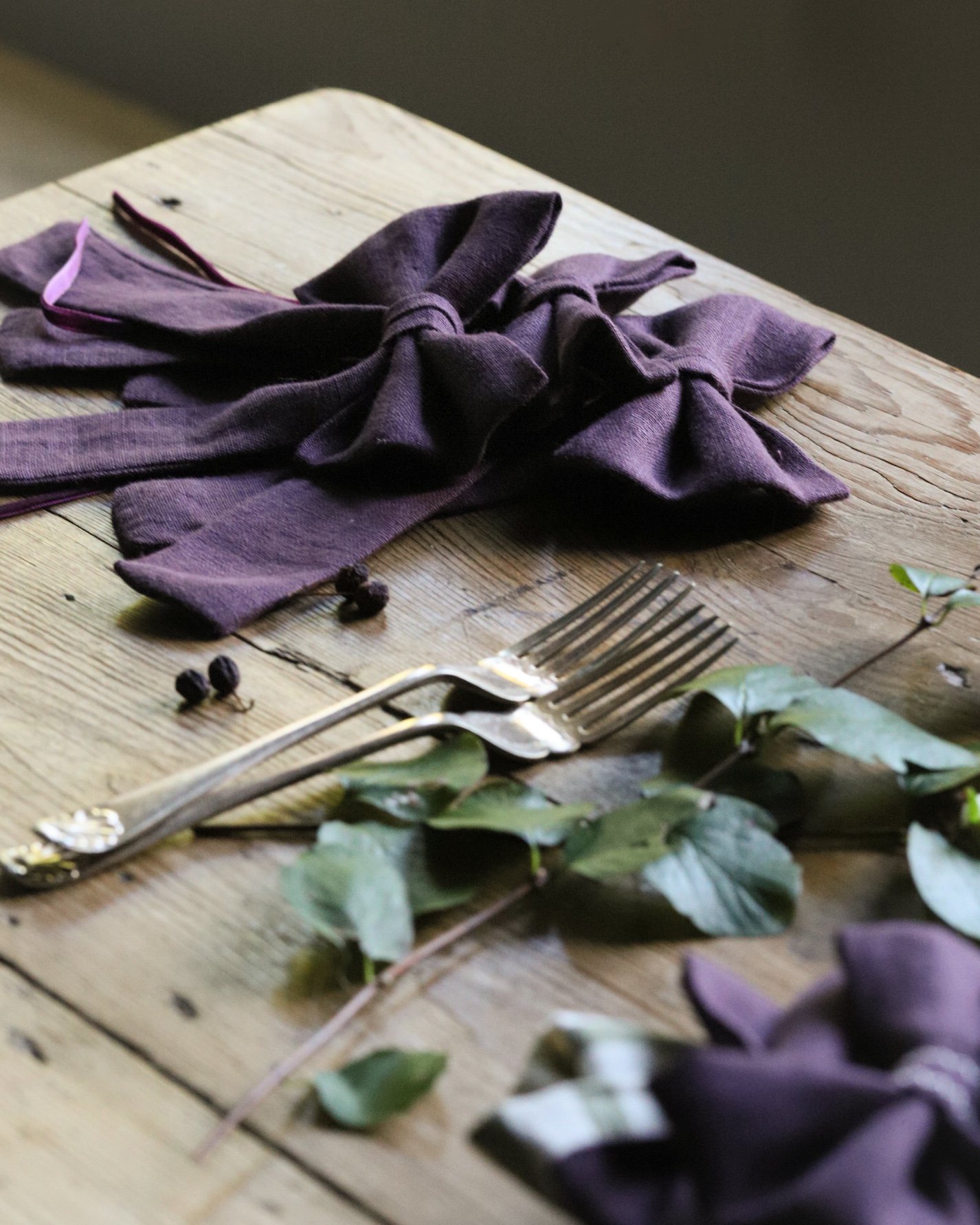The Bow Edit.
Bows - A Brief History
The humble fabric bow carries a fascinating journey through time reflecting ever-changing fashions and cultural practices throughout the ages. During Medieval times, clothing became more structured and decorative elements were added, such as fabric ties and ribbons; although not yet a true bow, the foundations were laid for later styles.
Renaissance to 18th-century brought forward a surge in intricate laces and bows were beginning to appear on dresses and fashion accessories. Victorians loved to wear bows and it was during this era that saw them become prominently worn on bodices, sleeves and skirts, and for men, bow ties were the thing.
Throughout history, fabric bows have been a symbol of femininity and elegance - their persistence in fashion underscores their versatility and enduring appeal.
With an English country style at the heart of Lliving Rooms it would be remiss of us not to include a collection of pretty bows.
Whilst fabric bows were and still are used extensively in the fashion industry, their versatile nature means they aren’t just to accessorise clothing and are a popular addition to decorate our homes and can be tied around napkins, hung on the backs of chairs, peg rails, doors and door knobs, and of course, baskets of all shapes and sizes.
Our bows are designed with straight hems to the legs, instead of regular points, for a less twee appearance.
Bows featured: Linen napkin bow in Helebore |

